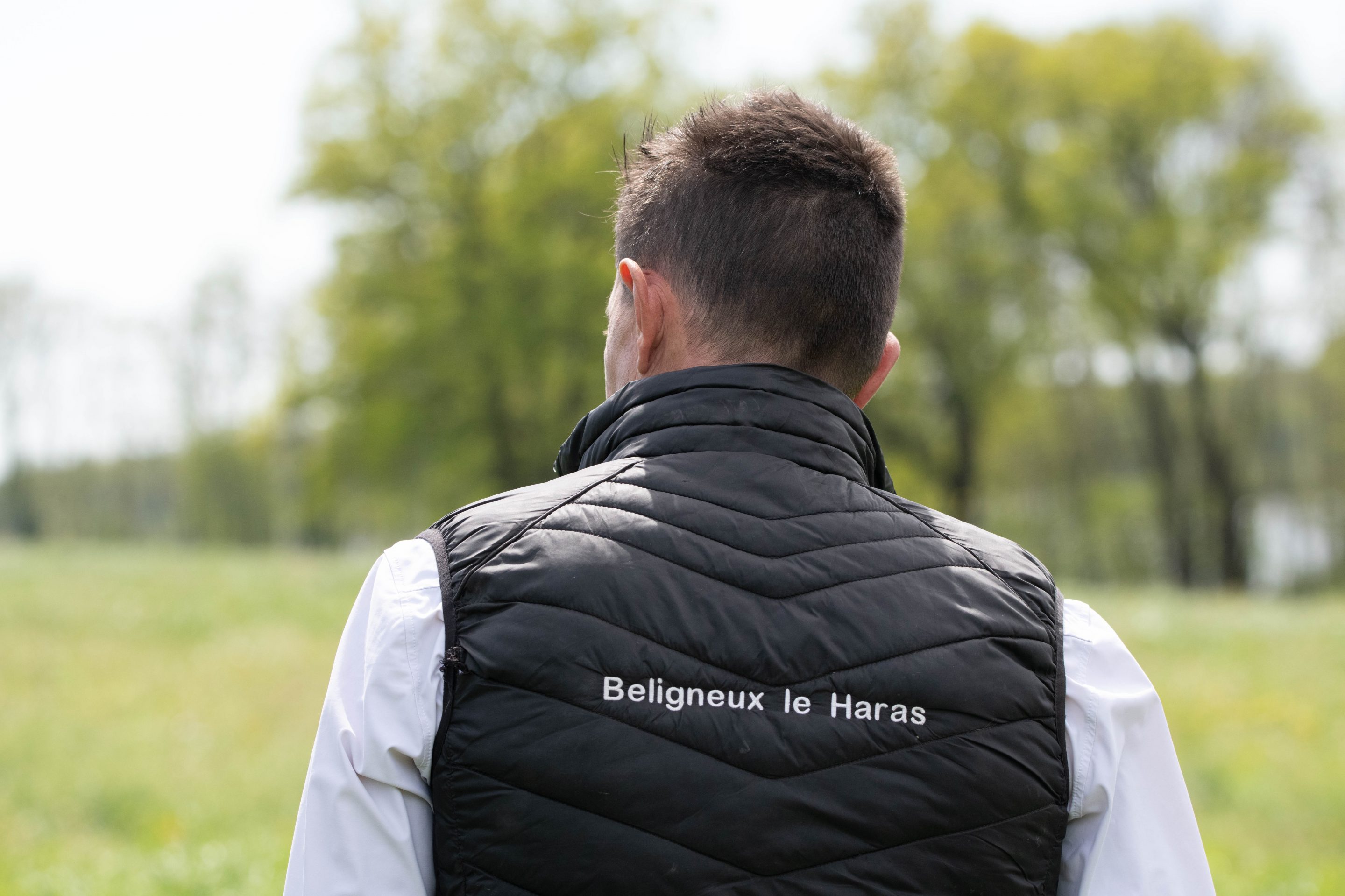Can you beat the weather?
At a time when insemination and embryo transfer techniques are usually ideal for fertilizing mares, Europe is facing historically bad weather (low light levels, low temperatures and continuous precipitation), which is naturally affecting the periodicity and quality of mares’ cycles. These phenomena, and the heatwaves and droughts that will follow, are forcing us to rethink the way we produce horses.
With the laudable aim of control the timing of births and anticipate fertility problems, which will inevitably affect breeders’ wallets and the quality of their products. breeding quality (June-July births on hard soils, high temperatures and short grass are not ideal), oocyte puncture once again appears to be a life-saving solution.
Mares that underwent punctures this winter and were kept in stalls developed their follicular growth wave during their transition period between October and March. The embryos produced have been frozen and, while the donors are not used during the season, the recipients, kept under light from January onwards, are used for the rest of the season. planted between February and June with very high implantation rates and little dependence on bad weather, thanks to mares living under light in large, comfortable stalls.
Early-born foals will benefit from soft ground and rich grass, and will already be old enough to cope with the rigors of the heatwave, which is very harmful to young foals and the fertility of their dams.
In conclusion, oocyte puncture and ICSI offer innovative and reliable solutions to the challenges posed by climate change. These techniques allow you to better control the reproduction of your mares and ensure quality breeding production, regardless of environmental hazards.
Sébastien Neyrat



